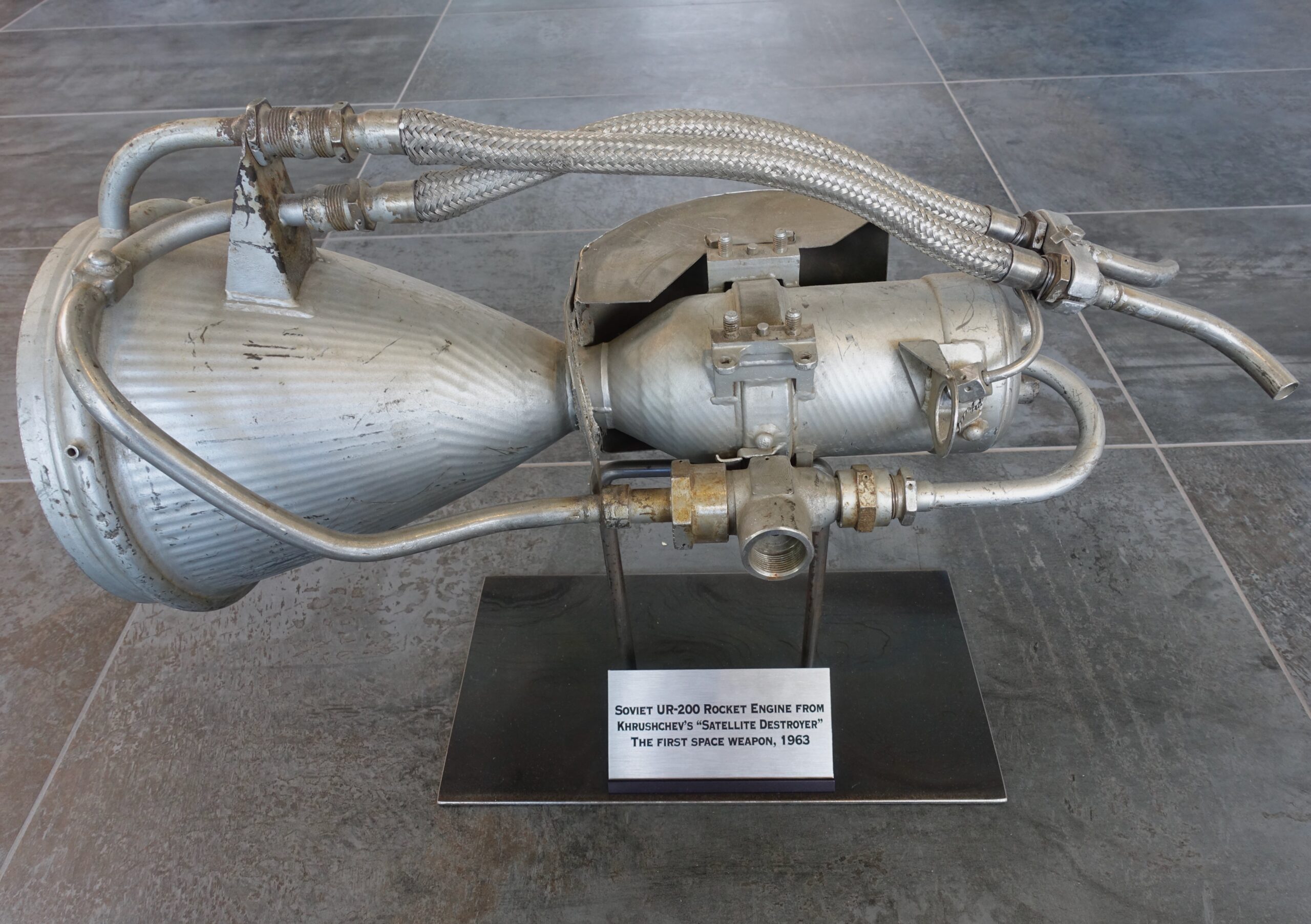On July 9th, NASA’s Lunar Flashlight spacecraft experienced a slight setback in its mission to explore the lunar surface when its primary thruster system experienced a minor issue that has caused it to fire intermittently. The Lunar Flashlight is a CubeSat-based mission that aims to map the lunar surface by creating a “moonlight-like” glow of reflected near-infrared light.
NASA has stated that despite the issue, they are continuing to remain optimistic that they can get the spacecraft back on track. They have been able to formulate and execute a new propulsion plan that can get the spacecraft back to its intended target, but they are unsure of when the mission will be back on schedule.
Because the Lunar Flashlight is a CubeSat-based mission, it is an incredibly small spacecraft and as such, has a more limited capacity than conventional missions. This lack of capability makes it all the more important for the thruster systems to be functioning properly.
As a result, NASA is currently in the process of attempting a full repair of the spacecraft’s thruster system. The repairs are being done from the ground, rather than from within the spacecraft’s confines. Unfortunately, only time will tell if the thruster repairs are sufficient to return the craft back to full capacity.
The Lunar Flashlight mission is still important to NASA, as it is the first CubeSat to make the journey to the Moon surface. Until a permanent fix can be established, it is possible that the mission will be delayed or canceled altogether. This would be a major blow to the space agency’s ambitious plan to explore the lunar terrain and uncover its many mysteries.
For now, NASA and its engineers remain focused on the underlying hardware issues that could be causing the thruster malfunctions. Hopefully, they will be able to correct the malfunction and move forward with their mission as soon as possible. The data and findings from the Lunar Flashlight mission are important for improving our understanding of the Moon’s composition and could open the door for further space explorations.

